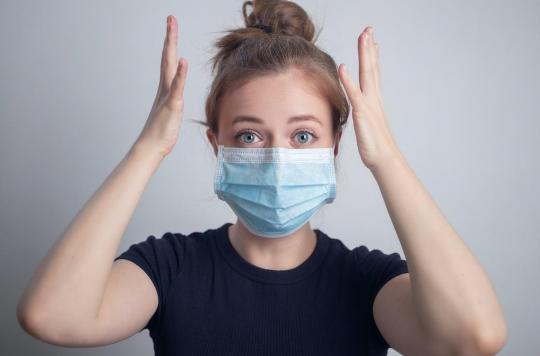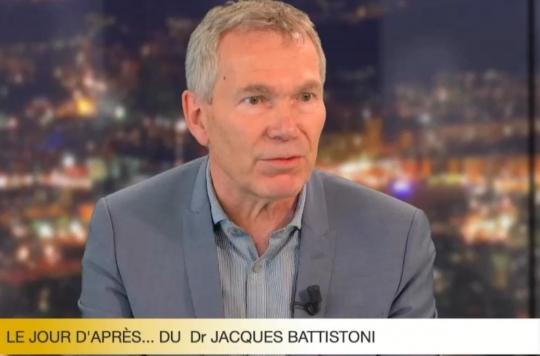After two months of administrative closure, the museums are being deconfined bit by bit. Among the new openings in June, the museum of 11 du Conti – Monnaie de Paris, has implemented a rigorous health protocol but has also introduced free admission throughout the month of June to bring visitors back. A program that seems to be bearing fruit.

The end of a heavy silence. Since last week, murmurs have been ringing out again in this metal room of the museum at 11 Conti – Monnaie de Paris. In front of the windows presenting nickel, silver, gold and other metals often used as raw material for currency, comments are exchanged as before the health crisis. A resurrection for this museum which, like others, was condemned to solitude for two and a half months. “I hesitated to come because there weren’t many museums openbreathes Philippe Poitevin passing through Paris. On the sanitary side: we clean our hands, we put on a mask, we don’t touch the objects too much and it should be fine.“
The fear of Covid-19 seems to have faded, giving way to expectation. “I wanted to go back with my son to the museum to resume a normal life, of course, just as I am waiting for the reopening of theaters, cinemas too“, admits Delphine, mother of a family from Yvelin, who came with her son Hilaire.
Strict health protocol
Yet despite this apparent lightness, all visitors this Wednesday morning wear a mask. Including the young Hilaire who discreetly lowers his mask of thick blue fabric to scratch the tip of his nose. “It is true that it is not easy to have a mask on the face to make the visits we are a little hot but we get used to itreplies Delphine. And then it’s true that we are not invaded by the crowd, it is appreciable.“Each group isolates itself in front of its window, avoiding as much as possible to approach its neighbors. Pellets on the ground as well as posters bearing the image of Oscar Roty’s sower – the one who adorned the back of the pieces of Francs – are reminiscent of barrier gestures.
This “living” museum allows visitors during the week to observe the work of the Art workers – also masked – of the Monnaie de Paris, of which the museum is only one wing among this elegant factory in the heart of Paris. To allow the demonstrations on Saturdays and Sundays of the metal engravers to continue, Plexiglas walls have been mounted on their work island in the center of the rooms. With regard to the many touch screens, the museum team opted for two protective measures: the provision of a stylus to each person the duration of the visit – to avoid them having to manipulate these public screens -, as well as the purchase and camouflage of nearby hydroalcoholic gel displays triggered with the foot.
An expense that Stéphanie Molinard – head of mediation and publications at the museum – “don’t want to estimate“.”We thought differently, we thought that disinfecting our hands was a good practice that could be used in the long term, so we saw it more as investments.she assures. Hydroalcoholic gel and styluses don’t just prevent Covid, they can prevent other things like winter gastro!“
Free in June, tool for winning back visitors
Despite this period of economic difficulty, the museum also wanted to introduce free admission for the month of June. “We wanted to make a gesture with the public who have been hard hit by confinement on a mental and economic level, so we wanted to make a gesture.“explains the person in charge of mediation. A gesture of €12 per person, all the more generous as the number of visitors has been drastically reduced. With the standards of social distancing, the museum team has decided to reduce its access to 10 visitors per quarter of an hour. However, the success seems to be there. “I had wanted to come for a while and since it was free I took advantage of it.” smiles Delphine. All of the slots available the first opening weekend – i.e. 560 tickets – were sold, as were the following weekend.
Refurbished in 2017, the team wanted to take advantage of it to become better known to the public and “start on the positive“, even if it means losing more money after the dry loss of containment. “The Currency Museum is not a numismatic museum, we try to deconstruct this imageshe admits. It is a museum on the art of metal, on know-how, on techniques, on the history of France,… there are plenty of entrance doors where many visitors with different interests can find their account there.”
.
















